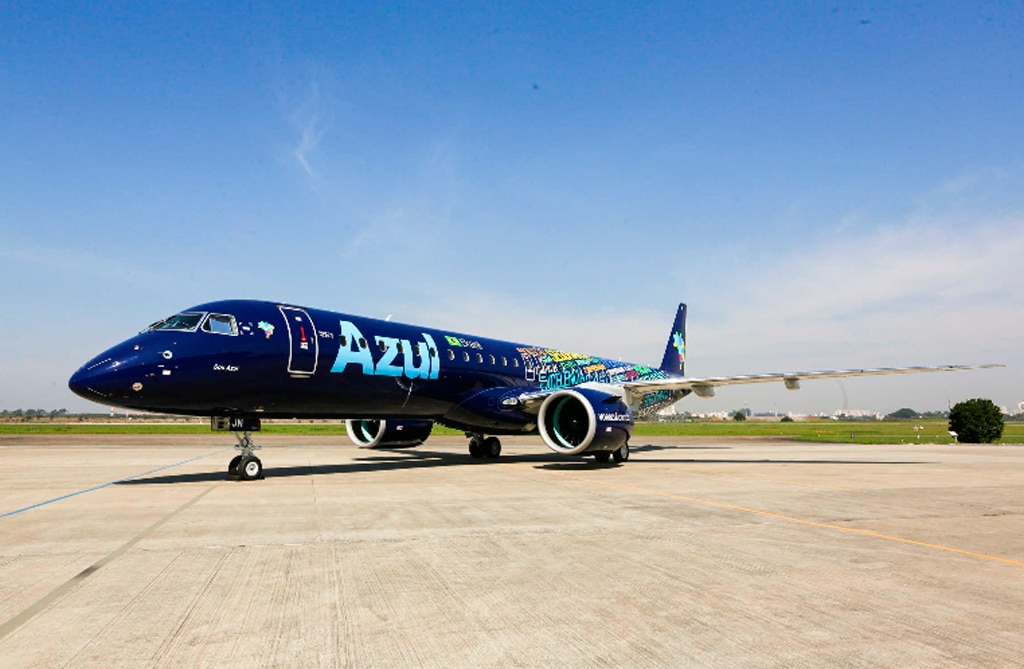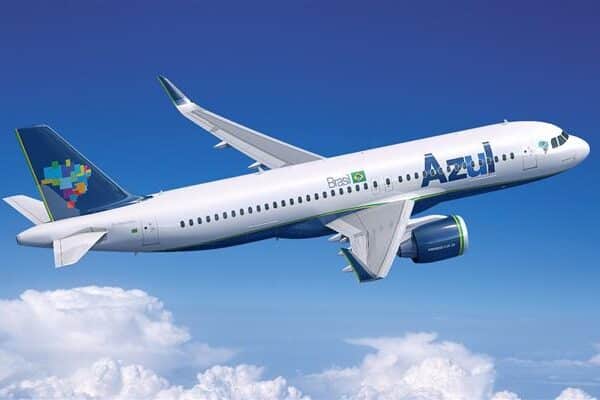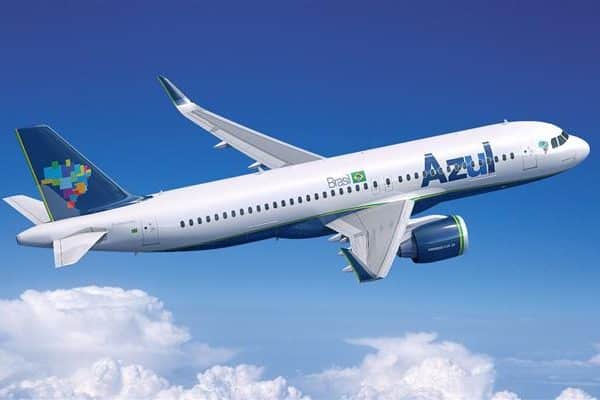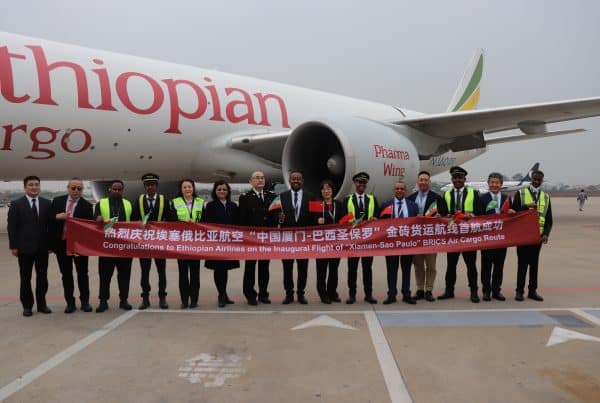Azul, the largest Brazilian airline in number of takeoffs and cities served, and the Department of Airspace Control (DECEA) are releasing more than 471 tons of carbon dioxide per month into the atmosphere through a study of the air routes used for the company. This contribution to the environment is part of the airline’s sustainability agenda, which since 2016 has been revamping its fleet of aircraft for state-of-the-art, fuel-efficient equipment and also discussing with DECEA how it can make space more sustainable Brazilian airline.
This partnership with the controlling agency seeks ways to make operations more efficient, sustainable and shorter, bringing benefits to customers and also to the environment. This work started in 2016, but it was this year that Azul proposed during a DECEA forum the analysis of some routes. In all, 22 applications were studied and accepted by the government agency, promoting a monthly decrease of 471 tons of carbon dioxide emissions into the atmosphere. “Azul has always sought to make its operations as sustainable as possible. With the growth of the state-of-the-art fleet and this work in conjunction with DECEA, we are making significant improvements to our operations, which may be even more relevant with the approval of other studies that we will submit for review next year, ”says John Rodgerson. , president of Azul.
In order to be able to find these “shortcuts” in the skies of Brazil and emit less gas into the atmosphere, the airline’s Flight Operations Directorate constantly analyzes the airline’s flights to understand where and where the most sustainable routes can be. “The main criterion we adopt is to think first about routes that can have the most positive impact on the environment,” explains Rodgerson.
In turn, it is for the DECEA to analyze these requests made by Azul and to authorize the flights on these new routes. The next flight route change request date will be in early 2020.
“DECEA, as responsible for airspace management, receives these requests and analyzes them on the premise that airspace works as a system where any movement generates reflexes. With this in mind, changes are proposed to improve flights between the origin and destination requested, with a view to further reducing CO2 emissions without interfering with air traffic as a whole, ”says DECEA Chief of Operations Sub-Department, Brigadier. from Ar Ary Rodrigues Bertolino.




